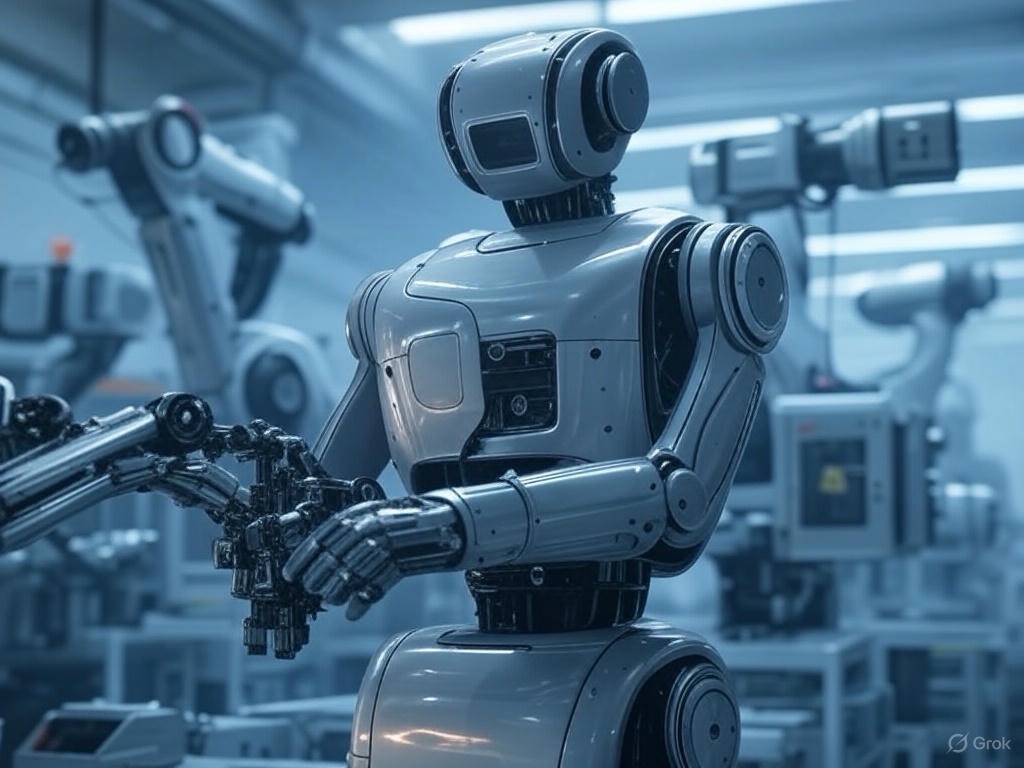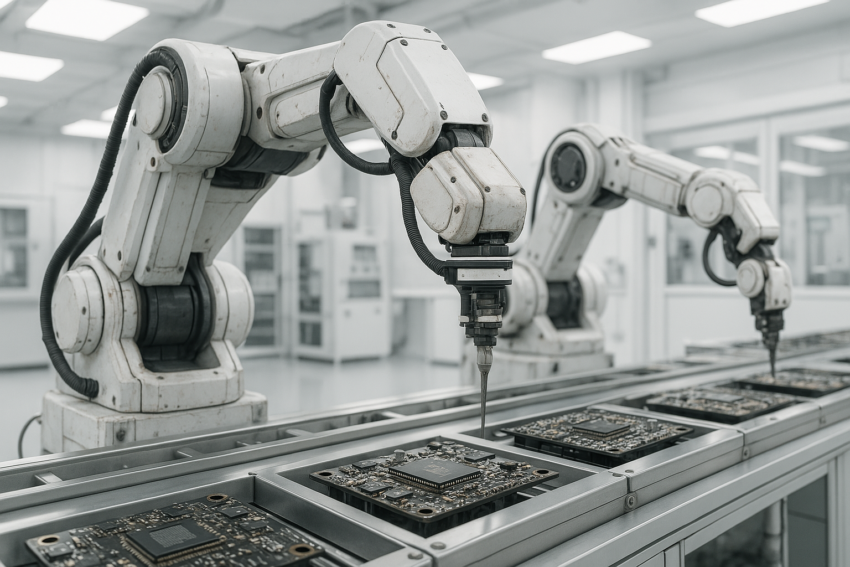Robots are transforming our everyday lives, revolutionizing homes, small businesses, farms, sports, and even human-like companionship. By 2025, these machines will not only enhance productivity but also bring significant value to personal and professional spaces. From automating tasks to improving efficiency and creating new business opportunities, robotics is reshaping industries at an unprecedented pace.
For startups, entrepreneurs, and innovators, this transformation presents a wealth of possibilities. Whether you’re looking to develop a new robotic solution, integrate automation into your business, or explore emerging trends, understanding the current landscape is essential. This guide breaks down the types of robots available, their costs, and market trends—providing insights to inspire your next venture and help you make informed strategic decisions.
Consumer Robots
Consumer robots simplify daily tasks. They come in various designs and functions. Here are some popular types:
- Home Cleaning Robots:
These devices keep your floors spotless. They use sensors to avoid obstacles. Brands like Roomba are widely known. They save time and energy. - Companion Robots:
Some robots mimic pets. They offer company and entertainment. For example, robotic dogs like Sony’s AIBO behave playfully and bring comfort. - Smart Assistants:
These robots integrate with smart homes. They help control devices, set reminders, and manage schedules. Voice commands make them easy to use.

Small Business Robots
Robots can boost productivity in small businesses. They automate routine tasks and enhance service quality. Consider these options:
- Service Robots:
Designed for offices, hotels, and retail, these robots greet customers and perform simple tasks. Their friendly design builds good customer rapport. - Delivery & Mobile Robots:
These robots move documents and small goods. They improve internal logistics and speed up deliveries within business spaces. - Security Robots:
Equipped with cameras and sensors, these machines monitor facilities. They help ensure safety and reduce theft risks.
Agricultural Robots
Agriculture benefits from robotics too. Advanced systems help reduce labor and boost yields. Look for:
- Autonomous Tractors:
Operating with GPS precision, these tractors plow and seed fields accurately. They reduce waste and fuel usage. - Crop Monitoring Drones:
Drones survey fields from above. They capture crop data and soil conditions, guiding smarter farming decisions. - Harvesting Robots:
These machines pick fruits and vegetables gently and quickly. Their precision minimizes crop damage while enhancing efficiency.

Sports & Recreation Robots
Robots are playing an important role in sports and entertainment. They add a new dimension to training and media production:
- Sports Filming Drones:
These drones capture dynamic angles in live sports. They produce smooth footage and unique perspectives for event coverage. - Training Robots:
Athletes use these devices to get real-time feedback on performance. They enhance training with data-driven insights. - Interactive Robots:
In recreation, some robots simulate games or perform entertainment tricks. They blend robotic technology with fun.
Personal Use Robots
Personal robots bring smart technology directly into your life. They are designed to make daily routines easier and more enjoyable:
- Personal Assistants:
These robots help manage your day. They handle schedules, control smart home gadgets, and even remind you of important tasks. - Educational & Hobby Robots:
Perfect for learning, these kits introduce robotics and programming. They use interactive displays and fun activities to engage users. - Health & Wellness Robots:
These devices monitor fitness, track vital signs, and guide exercises that enhance well-being. - Entertainment Robots:
Built for fun, these robots can dance, play interactive games, and sometimes even learn jokes!
Humanoid Robots
Humanoid robots are engineered to mimic us, both in appearance and behavior. They are used in research, customer service, and complex interactions:
- Entry-Level Humanoids:
Models like NAO or Pepper are often used in education and light customer service. Their price typically ranges from around $5,000 to $30,000. They help teach robotics and offer a friendly interface. - Advanced Research & Enterprise Humanoids:
These state-of-the-art robots offer more realistic human interactions. They include dynamic balance, facial recognition, and natural language processing. Prices can range from $50,000 up to $300,000 or more depending on the capabilities.
Pricing Overview
Here is a quick look at current price ranges across different robot types:

Note: Pricing varies by features, customization, and market region. These estimates serve as a general guide.
Conclusion
Robots now power many aspects of our lives. They help in homes, drive small businesses, streamline farming, elevate sports, and even enrich personal routines. Humanoid robots bring a touch of human interaction to technology. With prices varying by function and sophistication, there is a perfect robot for every purpose.
Additional Thoughts
The future of robotics is bright. Here are some trends and developments to watch:
- Advanced AI and IoT:
More robots will learn and adapt through AI. They will share data seamlessly with other smart devices. - Improved Battery Life:
Energy-efficient designs promise longer operation times and faster recharges. - Natural Language and Emotional Interaction:
Future robots will engage in smoother, more human-like conversations. - Modular and Multi-Functional Designs:
Robots with interchangeable parts can shift between tasks—ideal for small businesses and home use. - Emerging Research Prototypes:
Many experimental robots are in development labs. Expect innovations in delicate tasks such as soft surgery assistance or specialized agricultural pruning. These prototypes hint at the next generation of affordable and highly adaptable robots soon to reach the market.
As robotics continues to evolve, staying informed will give you a competitive edge. Whether you are a consumer, a business owner, or a professional in innovation, the world of robotics has something exciting in store for you in 2025 and beyond!
This blog post was written with the assistance of Copilot and ChatGPT, based on ideas and insights from Edgar Khachatryan. Photos generated by Sora, ChatGPT and Grok
